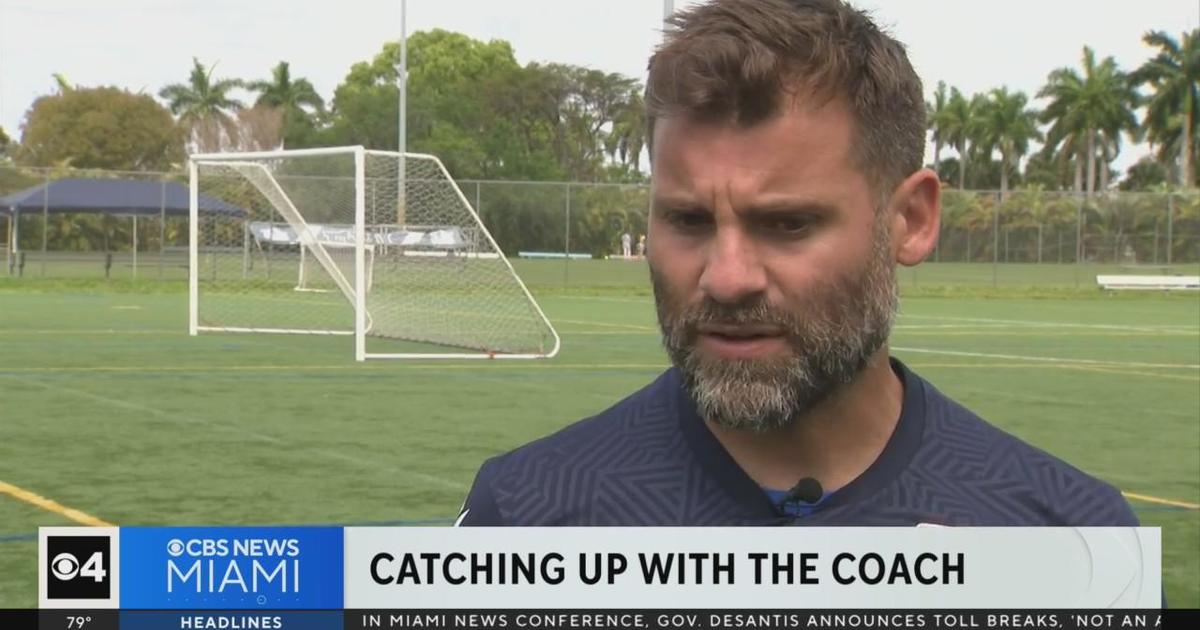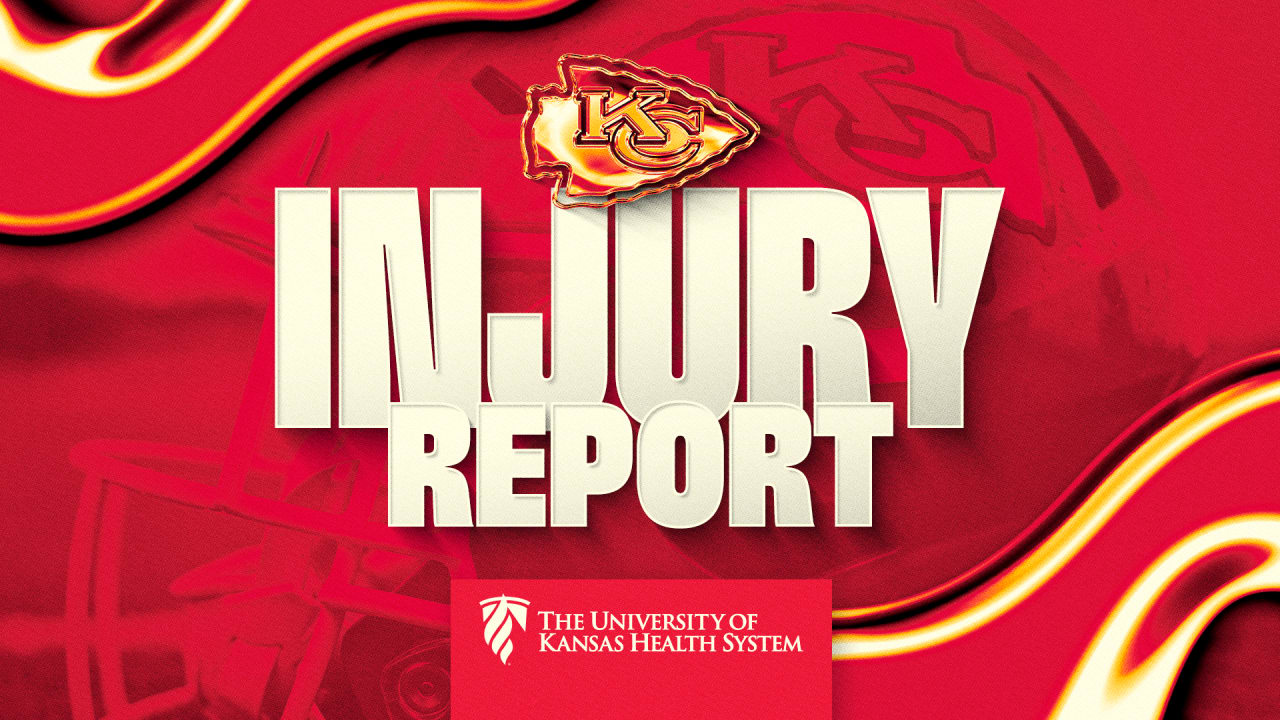Black & Gold deliver a dud at Inter Miami on Fourth of July – MASSIVE REPORT

The Columbus Crew extended the team’s unbeaten streak to six gamess on Tuesday in a 2-2 draw with Inter Miami. Typically a tie on the road is a good thing in MLS, but given Inter is at the bottom of the Eastern Conference, this was not the result the Black & Gold hoped for.
Columbus got out to a hot start with a volley goal from midfielder Darlington Nagbe but allowed Miami to answer back off a corner kick early in the second. The Crew took the lead back shortly after courtesy of forward Christian Ramirez but folded late, allowing a Josef Martinez scissor kick to finish in a tie.
This means the Black & Gold stayed at fourth in the Eastern Conference but have suffered a dip in performance over the last two games. Columbus did some small things tactically to attack Inter, but issues still persisted for the Crew in other areas. Let’s dive in.
Attacking Miami in spaces they are giving up
No matter what formation teams line up in, there are areas of the pitch that are open for the opposition to attack. These spaces can change based on the opposition’s defensive strategy or pressing structure, but the space Inter gave up was on either side of the middle of the field.
Miami pressed up front with five players. To draw those pressing players out, midfielders Lucas Zelarayan and Alexandru Matan moved towards the wings and played almost a flat midfield three with Nagbe. This opened up passing lanes on the inside for forward Cucho Hernandez to drop into the attacking midfielder space and receive the ball.
This didn’t happen all of the time. In the early stages of the game, it was in the central midfield area where the Black & Gold found success finding Hernandez’s feet straight from the backline, bypassing the midfield. As Inter caught on to this tactic, the pressing midfielders began to stay narrower, which left Zelarayan and Matan open on the outsides to build from there.
This has been the buildup strategy of head coach Wilfried Nancy in recent weeks. He wants to find the space is in the opponent’s formation and exploit it with multiple options. There is never truly one answer to how to break down an opponent. Columbus couldn’t just play the ball into the Colombian striker every time because Miami made adjustments.
Instead, Hernandez found the space initially in the middle, but if the defense started to cheat inside, it opened up both attacking midfielders on the outside lanes of the pitch.
Nothing is worse for opposing defenders than seeing Zelarayan and Matan receiving the ball in isolated space, and then having to close them down. That leads to cutbacks, nutmegs and other inflicted pain that the two midfielders routinely cause.
On the other hand, Miami could have marked the Armenian and the Romanian and then pay the price by allowing Hernandez to get the ball to his feet and turn.
What went wrong for Columbus
This was not a strong showing for the Crew by a long shot. The result speaks for itself; tying the worst team in Major League Soccer after leading at two separate points in the match is not good enough from a Black & Gold side that had been playing well before the last two games.
This is not the end of the world. Columbus still heads home with a point, which is better than none. From a team that is arguably top five team in the league though, this performance wasn’t good enough. That being said, there are a few factors that went into how the game played out.
First, the Crew went away from what has worked for the team much of the year. Nancy wants his team to control the game from back to front with lots of possession, dynamic movement, quick counter pressing and relentlessness on offense and defense. The Black & Gold’s bread and butter has been to possess the ball from back to front and then pin teams in under offensive pressure.
There was not enough pressure inflicted from an offensive standpoint on Tuesday. Columbus created enough chances to score four or even five goals, but those were isolated chances rather than long spells of pressure.
That is how the Crew has gotten teams to crack throughout this season, keeping the opponnent pinned in their own defensive third, constantly marking runners, following passes and forcing defensive actions. At times on Tuesday, the Black & Gold were a little too content to go direct and risk losing the ball rather than building from the back.
Miami then in turn was allowed to retain the ball and build possession of their own because of Columbus’ poor turnovers. This gave them a foothold in the game and allowed them to come out with a draw.
Secondly, the Achilles heel of the Crew’s defense has been poor at marking on set pieces. As a team, the Crew only have a 41.9% success rate in aerial duels this season according to mlssoccer.com. This could be a direct result of having to play a smaller backline due to injuries, but when you have players who can’t get their head on the ball consistently, the team is going to concede corners.
That’s exactly what happened against Miami. Milos Degenek, who was marking a zone inside the six-yard box, mistimed his header and a marking miscommunication led to a free header. Easy enough, even game.
Lastly, goalkeeper Patrick Schulte must get better at coming off his line to handle crosses. His lack of aggression to come out and get crosses nearly bit the Crew in the last game against the New York Red Bulls and did in this game.
The cross came in from the corner and was headed approximately six yards from Shulte’s goal line. The rule of thumb for goalkeepers of any level is that if a ball is crossed into the six-yard box, it has to be claimed. That’s the territory of a goalkeeper, regardless of what defender you have marking that area.
Shulte’s mistake cost the Black & Gold a goal, and if it continues to be a problem going forward the Crew could be in for a world of hurt.


